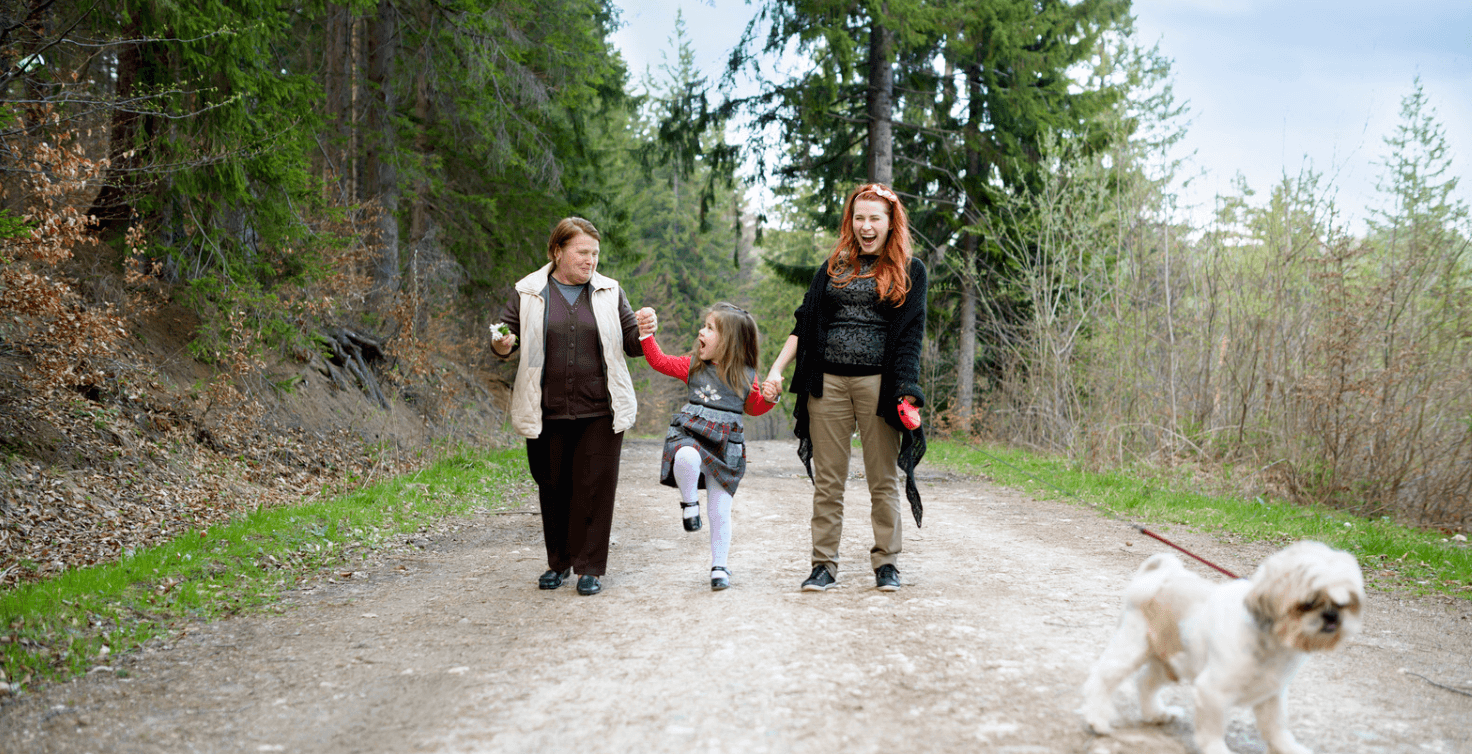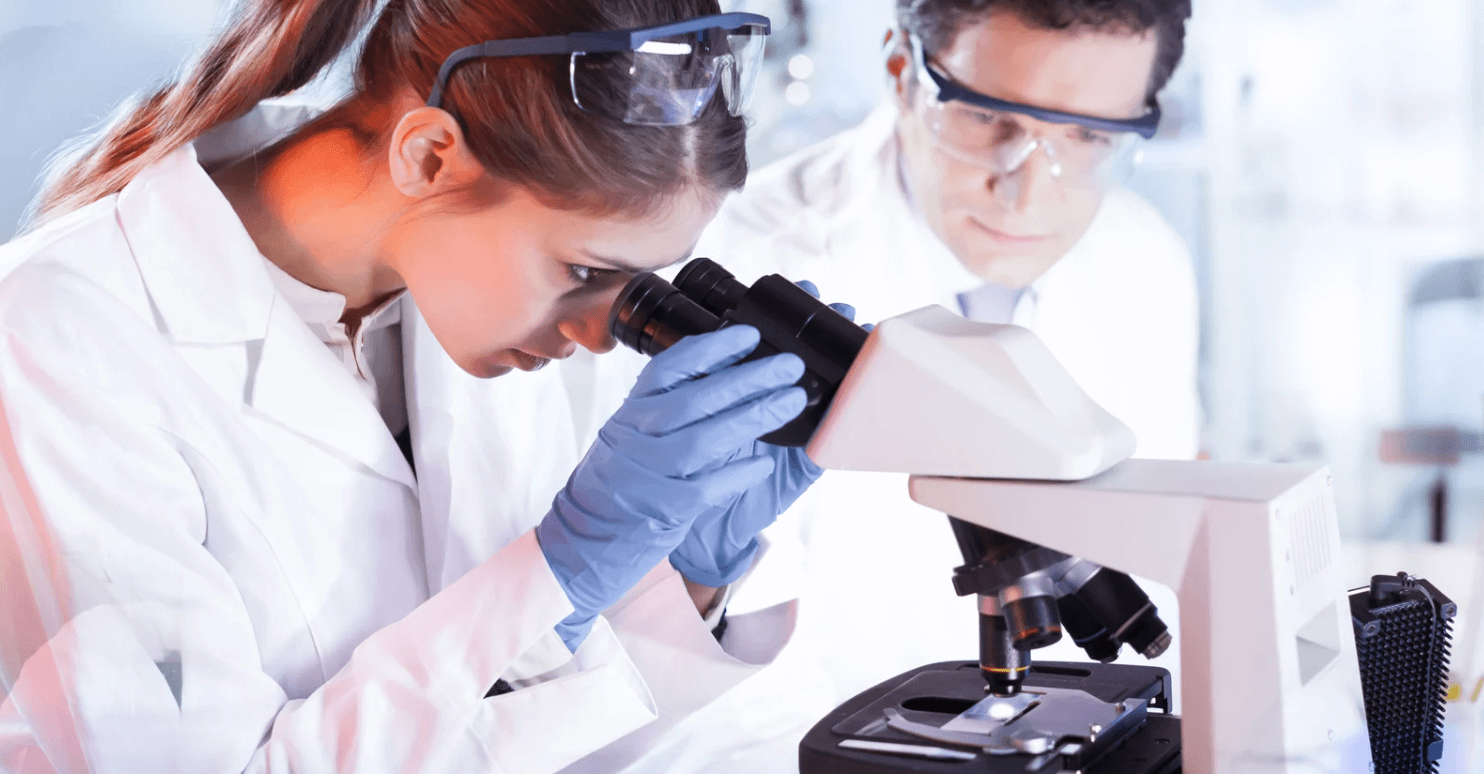Sorry about that! It looks like we’ve run out of stock for that product. Sign in below and we’ll send you an update when it’s back in stock.
20% DISCOUNT on your first order! Use the discount code "IMNEW20" at checkout!
Feeding raw pet food, particularly raw meat-based diets (RMBDs), has become a topic of much debate within the veterinary and pet owner communities. While concerns about microbiological hazards, parasitic risks, nutritional imbalances, and human health risks are often raised, it is essential to consider these points within the broader context of a pet's everyday life and environment. Below, we will address these concerns with counterarguments that highlight the benefits and practicalities of raw feeding in a manor that Nurturing by Nature has been advocating since 2004. Read about our journey in this interesting article.

Concerns:
Raw diets often carry microbiological risks, including contamination with pathogens such as Salmonella, Campylobacter, and Yersinia. These pathogens pose health risks to both pets and humans, particularly through zoonotic infections (Davies, Lawes, & Wales, 2019), (Fredriksson-Ahomaa 2017). Commercial raw diets frequently do not meet hygiene standards and can contain antibiotic-resistant bacteria, which further raises public health concerns (Nüesch-Inderbinen 2019).
Counterarguments:
Parasitic Hazards
Concerns:
Feeding pets raw meat can introduce parasitic agents into the household environment, potentially affecting both pets and humans. This includes parasites like Toxoplasma gondii and Sarcocystis species (Ahmed 2021), (van Bree 2018).
Counterarguments:

Concerns:
Raw dog Food diets often lack nutritional balance, leading to deficiencies or excesses in essential nutrients. These diets can be particularly problematic if not properly formulated (Vecchiato 2022), (Brozić 2020). These are some of the claims you may commonly hear.
Counterarguments:
Human Health Risks
Concerns:
The handling and preparation of raw pet food can pose risks to humans, particularly in households with vulnerable individuals such as children or immunocompromised persons. Studies have shown instances of pathogen transmission from raw pet food to humans (Anturaniemi 2019), (Domesle 2020).
Counterarguments:
Find out more about how we process our Raw Dog Food in this article - Behind the scenes
Veterinary Perspectives and Owner Preferences
Concerns:
Many veterinarians express concerns about the safety of RMBDs due to the risk of infection and nutritional imbalance. Nonetheless, some pet owners continue to favour these diets based on perceived benefits and mistrust of commercial pet foods (Davies, 2020), (Stogdale, 2019).
Counterarguments:
Raw Feeding for Pets: A Balanced Perspective
In recent years, the raw pet food industry has experienced significant growth, driven by a rising interest among pet owners in providing a diet that aligns more closely with what nature intended for their pets. Despite this trend, the body of scientific research on raw feeding remains limited, often overshadowed by concerns over potential health risks. We belive it is crucial to delve into both sides of the story, particularly focusing on how Nurturing by Nature exemplifies the positive aspects of raw feeding through their commitment to nature-inspired and biologically appropriate nutrition for pets.
The Current Research Landscape
The current research on raw pet food often highlights potential health risks, such as microbiological contamination, parasitic infections, and nutritional imbalances. These concerns are valid and should not be dismissed lightly. However, it is important to recognise that much of this research is limited in scope and often fails to account for the stringent safety measures and sourcing practices employed by reputable raw pet food companies like Nurturing by Nature.
Learning from Nature and Biology
Nurturing by Nature stands out in the industry by focusing on the natural dietary needs of pets, drawing lessons from the wild and the biological makeup of dogs and cats. The company emphasises the importance of mimicking the natural prey diet that pets' ancestors thrived on, which is rich in raw meat, bones, and organs. This approach not only honours the biological design of our pets but also seeks to provide the full spectrum of nutrients they require for optimal health.
Addressing the Risks
While the potential risks associated with raw feeding are often highlighted, it is crucial to put these risks into perspective. Proper handling, sourcing, and formulation practices can significantly mitigate the dangers. Companies like Nurturing by Nature adhere to strict guidelines to ensure the safety and nutritional adequacy of their products. This includes regular testing for contaminants, maintaining high standards of hygiene, and carefully balancing the diet to meet pets' nutritional needs.
The Benefits of Raw Feeding
When executed correctly, the benefits of raw feeding can be substantial. Many pet owners report improvements in their pets' health, including shinier coats, healthier skin, increased energy levels, and better dental health. Additionally, the satisfaction of providing a diet that is closer to what nature intended can enhance the bond between pet and owner.
While the current body of research on raw pet food often underscores potential health risks, it is essential to consider these within the broader context of safe handling and responsible sourcing practices. Companies like Nurturing by Nature, with their long-established history and commitment to natural principles, demonstrate that the benefits of raw feeding can far outweigh the risks when done correctly. By staying informed and adopting best practices, pet owners can successfully navigate the raw feeding landscape, ensuring their pets reap the many rewards of a biologically appropriate diet.